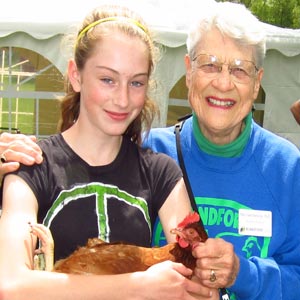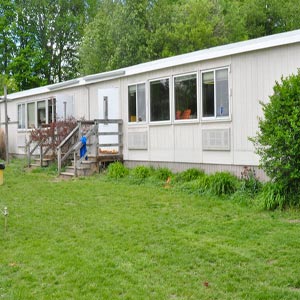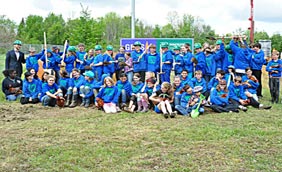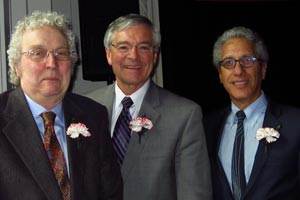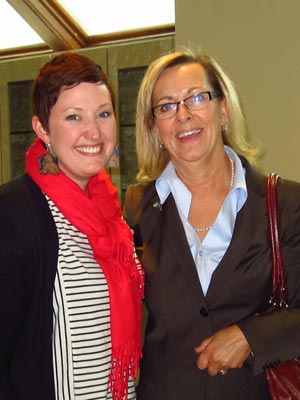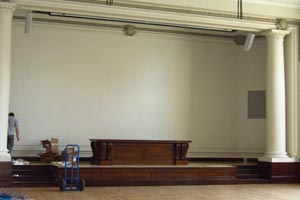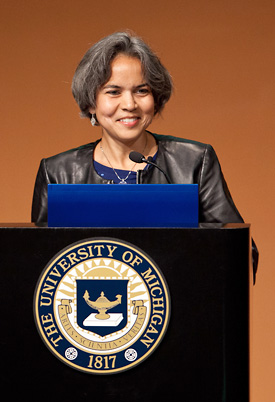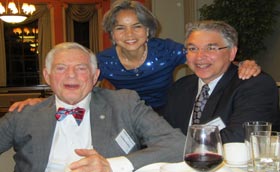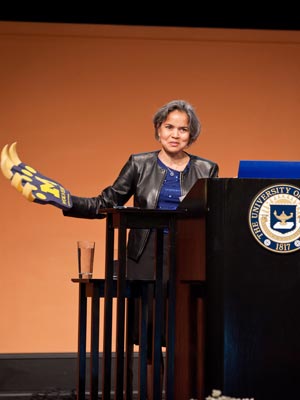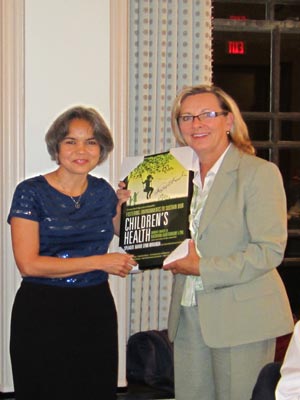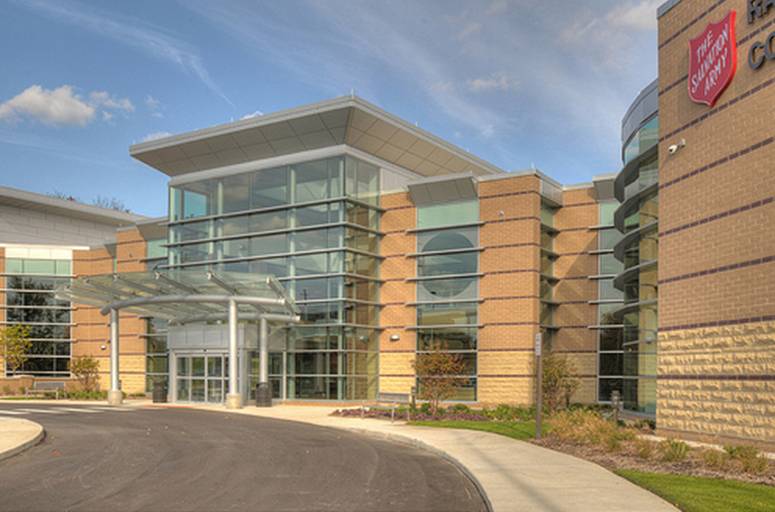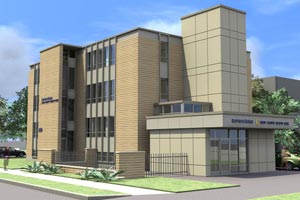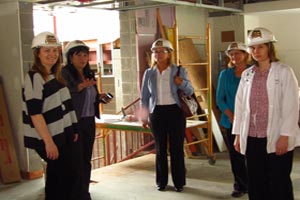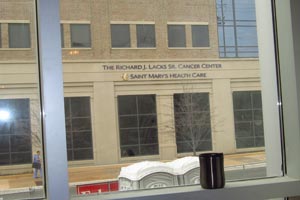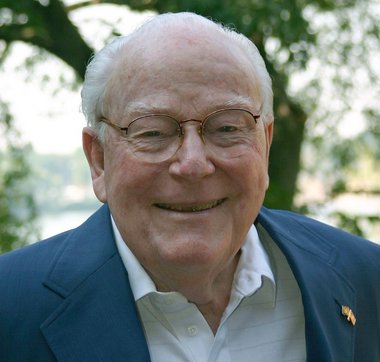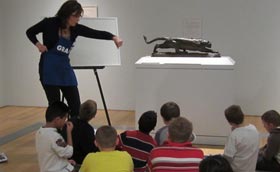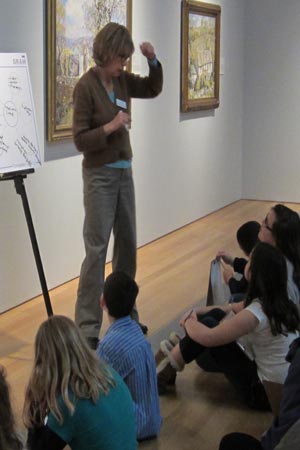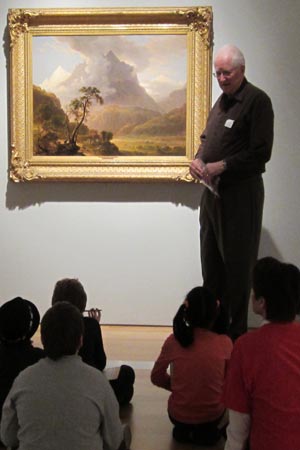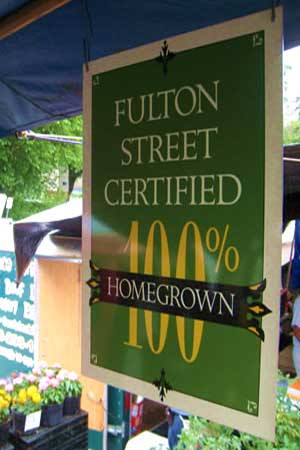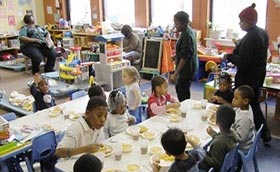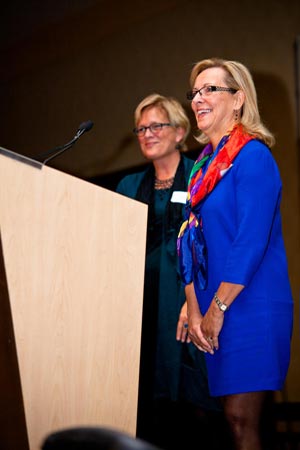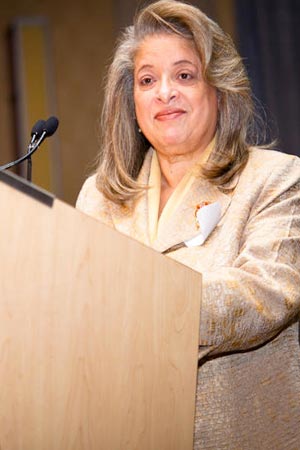An historic groundbreaking took place in May marking the first public school in Grand Rapids to be built with 90% of the $2 million-plus cost coming from the private sector. The new Blandford School will open early in 2013 welcoming 60 GRPS sixth-graders to the nature school’s first permanent home.
The Wege Foundation spearheaded the campaign with a lead-off $1.5 million joined by the Steelcase Foundation, $150,000, and the Meijer and Frey foundations each giving $100,000. The only tax dollars spent were the $250,000 that came out of the GRPS’s food service money.
As with every capital project Peter Wege has supported for the past decade, the new Blandford School will be LEED (Leadership in Energy and Environmental Design) certified. With solar panels, wind turbines, and eight geo-thermal wells providing the heat and cooling, Blandford hopes to earn a Gold Leed rating when it’s done.
Blandford will be the 9th GRPS LEED-certified school. As Senita Lenear, president of the Board of Education told the audience, children getting educated in Grand Rapids’ LEED schools are “the sustainable leaders of the future.”
The 7,000 square-foot school will be used by Blandford’s two classes of 6th-graders during school hours while the Blandford Nature Center next door and the community will have access to it year around.
Ellen Satterlee, CEO of The Wege Foundation said Blandford “carries on Mr. Wege’s passion for education and for the environment.”
***Above picture – The current sixth graders at Blandford School were all part of the ground breaking ceremony. By Jeffrey Cunningham
For additional information please visit – http://grpublicschools.org/blandford
